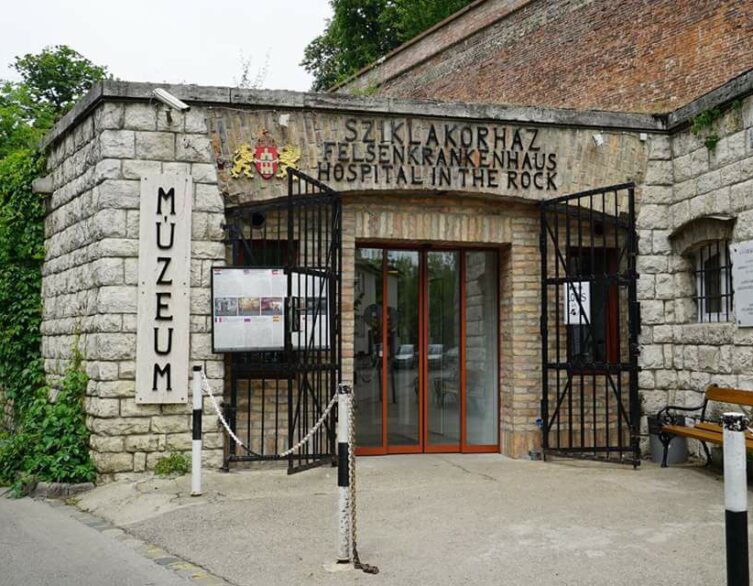Discover the Hospital in the Rock Nuclear Bunker Museum in Budapest

Hidden beneath the iconic Buda Castle in the heart of Budapest lies a fascinating piece of history – the Hospital in the Rock Nuclear Bunker Museum. This unique attraction offers visitors a glimpse into the turbulent past of Hungary, showcasing the resilience and heroism of its people during World War II and the 1956 revolution. The museum, which opened its doors in 2007, has welcomed over 1 million visitors and continues to preserve and present the eternal values represented by the everyday heroes who served here.
Historical Significance
The Hospital in the Rock has played a crucial role in Budapest’s history, serving as an emergency facility during some of the city’s most challenging times. Originally built between 1941 and 1943 in a natural cave system under Castle Hill, the hospital provided medical treatment to civilians and soldiers during World War II. It was a modern and well-equipped institution, despite the challenges posed by its underground location.
During the siege of Budapest in 1944-45, the hospital operated at full capacity, treating Hungarian, German, and Swabian soldiers, as well as civilians injured in aerial attacks. The dedicated medical staff, including volunteer nurses from the International Red Cross, worked tirelessly to save lives in the face of overwhelming odds.
After the war, the hospital was briefly used as a vaccine-producing institute before being converted into a top-secret nuclear bunker during the Cold War era. In 1956, during the Hungarian Revolution, the hospital once again opened its doors to treat civilians and soldiers, with the renowned surgeon Dr. András Máthé leading the medical team.
Architectural Significance
The Hospital in the Rock is an architectural marvel, seamlessly integrating a modern medical facility within a natural cave system. The hospital’s design was constrained by the existing tunnels and caverns, with wards and corridors being created from the available space. Despite these limitations, the hospital was equipped with state-of-the-art medical technology and surgical implements.
Best deals of Budapest
During the Cold War, the hospital underwent significant expansions, including the construction of a safety-by-pass corridor, a new ventilation system with special gas filters, and a water supply system connected to the River Danube. These additions transformed the hospital into a fully-prepared nuclear bunker, ready to accept survivors in the event of a nuclear or chemical attack.
Getting There
The Hospital in the Rock Nuclear Bunker Museum is located beneath Buda Castle in the 1st district of Budapest. Visitors can reach the museum by taking the Buda Castle Funicular from Clark Ádám Square or by bus (lines 16, 16A, or 116) to the Dísz Square stop. The museum is a short walk from the Matthias Church and the Fisherman’s Bastion.
Nearby Attractions
While visiting the Hospital in the Rock, be sure to explore the other fascinating attractions in the Castle District. These include:
- Buda Castle: The iconic castle complex that houses the Hungarian National Gallery, the Budapest History Museum, and the Széchenyi National Library.
- St. Matthias Church: A stunning Gothic church with a colorful tiled roof, rich history, and beautiful interior.
- Fisherman’s Bastion: A neo-Gothic terrace offering panoramic views of the Danube and Pest side of the city.
- Labyrinth of Buda Castle: A mysterious underground labyrinth with a rich history, including serving as a prison for Vlad the Impaler, the inspiration for Bram Stoker’s Dracula.
The Hospital in the Rock Nuclear Bunker Museum is a must-visit attraction for anyone interested in Budapest’s history and the indomitable spirit of its people. Through guided tours, visitors can explore the vast underground facility and learn about the everyday heroes who served here during some of Hungary’s darkest hours. This unique museum offers a poignant reminder of the importance of peace and the resilience of the human spirit in the face of adversity.
Image source: https://www.facebook.com/Sziklakorhaz.Hospital.in.the.Rock
Related news


















